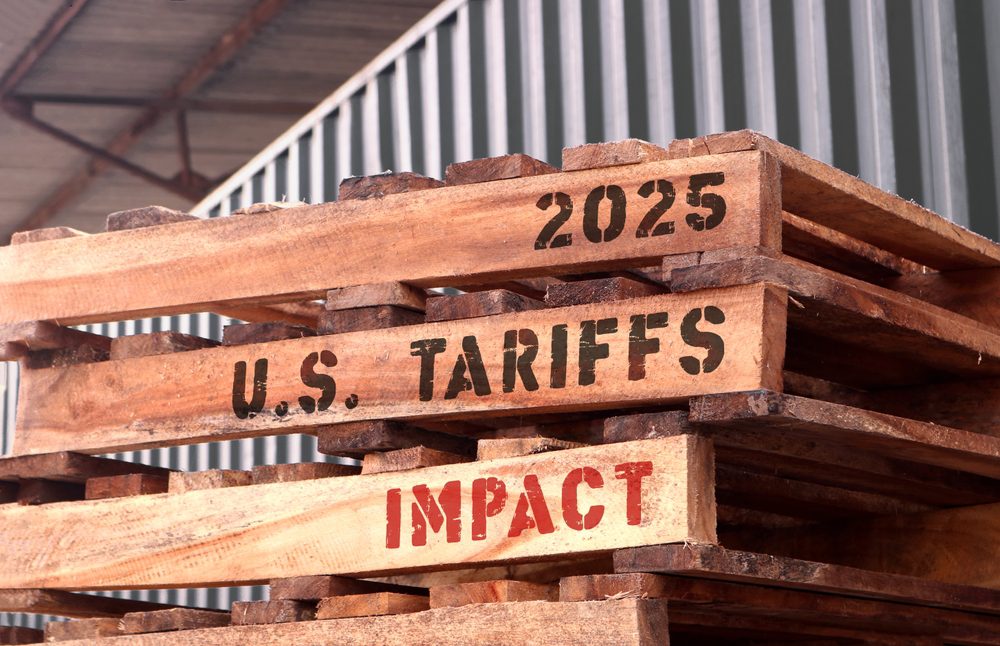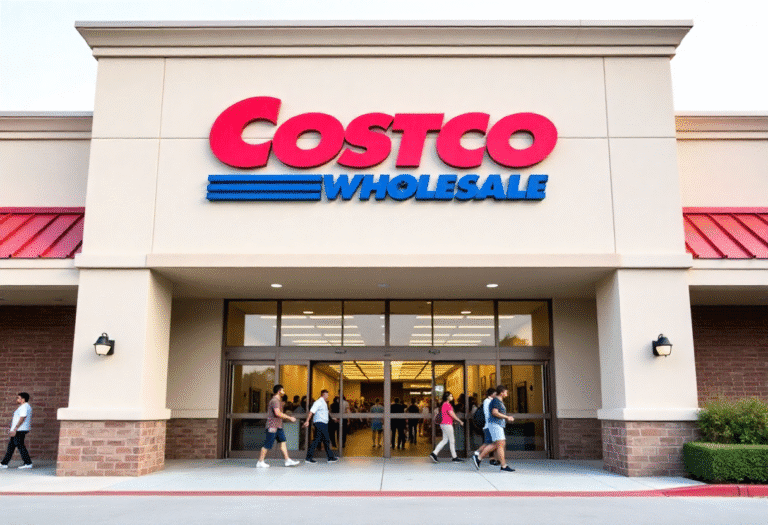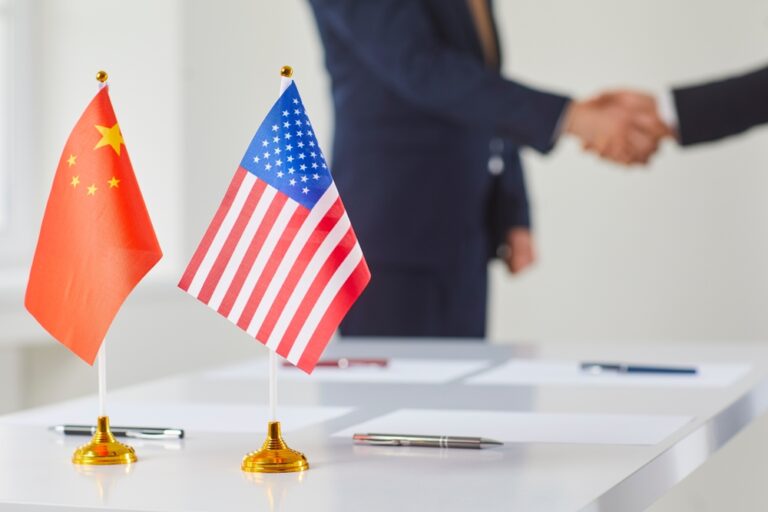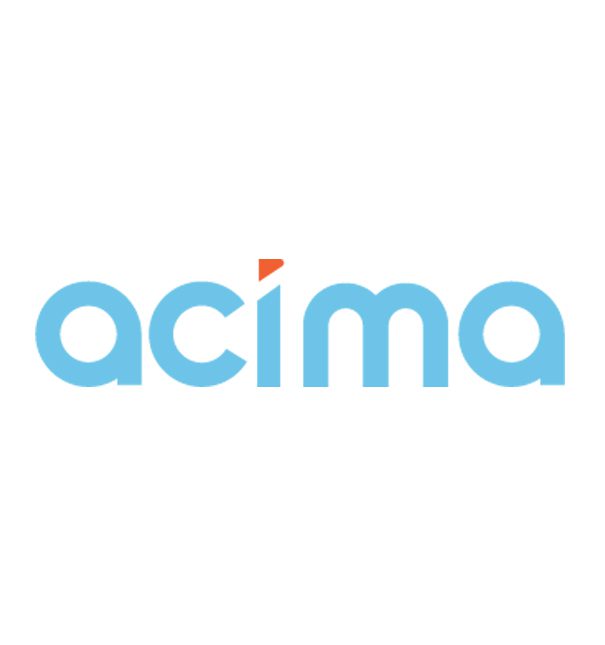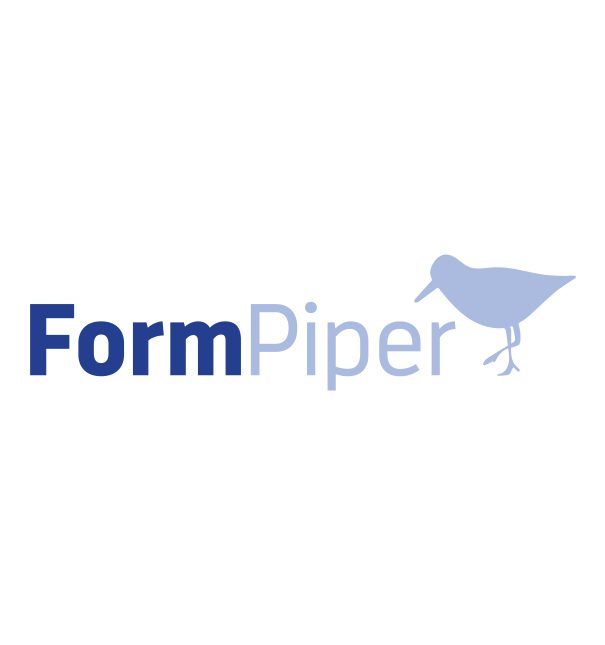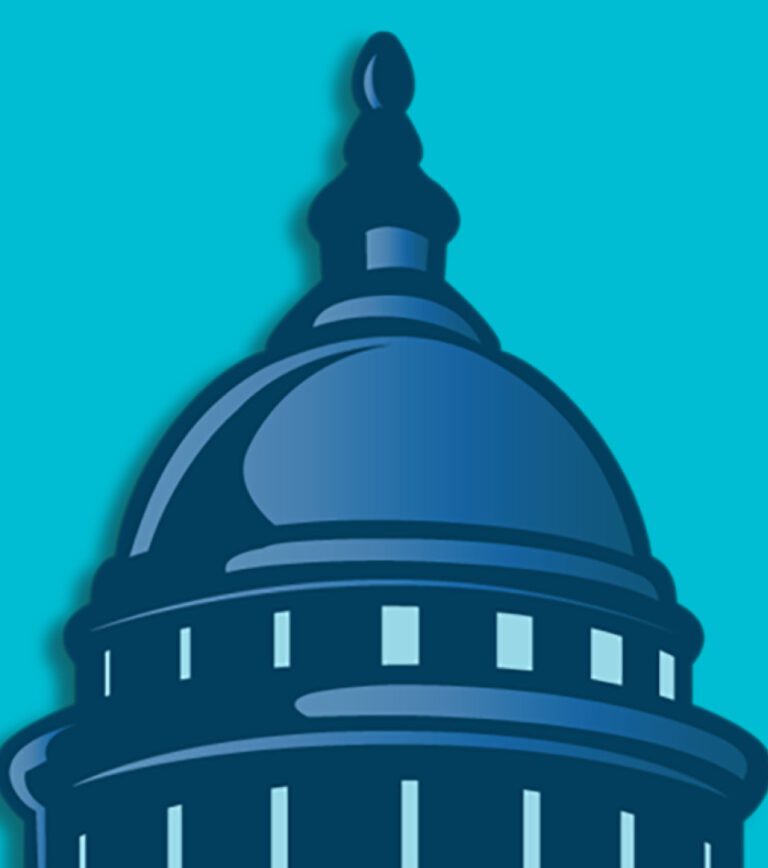On October 10, 2025, U.S. Customs and Border Protection (CBP) issued CSMS # 66492057 to implement guidance around Proclamation 10976, which establishes new Section 232 tariffs on timber, lumber, and derivative wood products. The duties come into effect October 14, 2025 (for goods entered or withdrawn from warehouse for consumption on or after 12:01 a.m. EDT).
Because many home furnishings retailers and their suppliers rely on imported wood materials, these changes can materially affect costs, sourcing decisions, and compliance obligations. Below, we break down what you need to know, what’s changing, and how to get ahead.
What Proclamation 10976 Does (and Why)
Why now?
Under Section 232 of the Trade Expansion Act, the government may impose trade restrictions on imports if they are determined to impair U.S. national security. In this case, a Commerce Department report concluded that rising imports of wood and wood-derived products were weakening domestic capacity, threatening supply chain resilience, and undermining national security.
Who and what is affected?
The proclamation targets softwood timber/lumber, and “derivative” wood products, including upholstered furniture and kitchen cabinets/vanities (and parts), excluding casegoods that are not permanently installed.
Key duty rates and product categories:
| Product Category | HTS / Chapter | Additional Duty Rate* | Notes / Variants |
|---|---|---|---|
| Softwood timber & lumber (various Chapter 44 subheadings) | 9903.76.01 | 10% | Applies to “raw” timber / lumber imports |
| Upholstered wood furniture (excluding UK/EU/Japan) | 9903.76.02 | 25% | Applies to imports of upholstered Products |
| Kitchen cabinets / vanities & parts (excluding UK/EU/Japan) | 9903.76.03 | 25% | Applies to imports of completed kitchen cabinets and vanities and their parts. |
| Other products under those HTS lines (non-completed cabinets/vanities) | 9903.76.04 | 0% | Applies to imports of products other than completed kitchen cabinets and vanities and their parts. |
* “Additional duty” means this is in addition to existing base duties, trade remedies (e.g. anti-dumping, countervailing), etc. Unless explicitly exempted.
There are special rates (or ceilings) for some countries:
- Imports from the United Kingdom (for the specified products) incur at most 10% additional duty under 9903.76.20.
- Imports from Japan fall under 9903.76.21 (15% duty)
- Imports from EU member states fall under 9903.76.22 (15%) for the relevant products
Phase-in / escalation
Importantly, some of these duty rates ramp up starting January 1, 2026:
- Upholstered wood furniture’s additional duty may increase from 25% → 30%
- Kitchen cabinets/vanities may increase from 25% → 50%
That means the duty burden could more than double in just a few months for certain imports.
Tariff stacking and exemptions
- Section 232 duties imposed under 10976 replace other reciprocal or IEEPA-based tariffs on these specific products. In other words, if a wood product is subject to 10976, it will not be subject to IEEPA tariffs on Canada, Mexico, Brazil, India, or reciprocal tariffs under EO 14257, EO 14323, EO 14329, etc.
- To declare exemptions from those other tariffs, importers must use specific HTSUS headings (e.g., 9903.01.33, 9903.01.83, 9903.01.87) when filing entries.
- Products admitted to a Foreign Trade Zone (FTZ) on or after the effective date must be admitted under privileged foreign status, and will face the Section 232 duties when withdrawn for consumption (unless admitted under domestic status)
- Drawback (i.e., a refund of duties when goods are re-exported or used in qualifying manufacturing) remains available under existing regulations for duties imposed under 10976.
Removal from Reciprocal Tariff Exception
Proclamation 10976 also removes 158 subheadings in Chapter 44 from the list of products that were previously exempted under Annex II of EO 14257 (i.e. reciprocal tariff exceptions). That means those formerly exempt wood products will now be subject to reciprocal tariffs.
What It Means for Home Furnishings Retailers & Suppliers
If your business sources or sells wood-derived products (furniture, cabinets, components), here are the key implications:
- Cost increases
The added 10%–25% (or higher after Jan. 1) tariffs will raise landed costs for affected goods. Many of those increases are likely to be passed downstream in your pricing, reducing margins or raising consumer prices. - Reassess sourcing strategies
You may want to shift supply chains toward countries subject to lower (or capped) tariffs (e.g., UK, EU, Japan) if feasible, or source more domestically. But note that those “preferential” rates are capped (e.g. 10% or 15%), not zero. - Reclassify parts vs. completed goods
Some parts or subcomponents may fall into the 0% additional duty category (e.g. under 9903.76.04) rather than the full 25% tariff bracket. Work with your customs/trade compliance team to ensure correct classification. - Foreign Trade Zone and warehouse strategy
If you currently leverage foreign trade zones or bonded warehouses, check whether your products will be considered “privileged foreign status” (i.e., subject to duties) when withdrawn after 10/14/2025. - Duty drawback optimization
Ensure your drawback processes are up to date so you can claim refunds where eligible. - Customs compliance & HTS declarations
You’ll need to use the new HTSUS Chapter 99 headings (9903.76.xx) for entries subject to these duties. Ensure your customs brokers and entry filers are ready. - Scenario modeling & risk assessment
Because duties escalate in 2026, financial and sourcing models should be stress-tested under various tariff increases. Consider long-term impacts on supplier contracts, cost structures, and pricing. - Watch for scope expansion
The proclamation allows for the addition of more wood product categories or the imposition of compound/mixed tariffs if undervaluation or circumvention is detected.
Suggested Action Plan for Retailers
- Immediately convene your trade, sourcing, compliance, and financial teams to assess exposure.
- Run a product‐level tariff impact analysis: which SKUs or components will absorb new tariffs.
- Review and update your customs/entry filing systems to incorporate the new HTS 99 lines and ensure correct classification.
- Pilot alternative supply sources and negotiate contracts with flexibility to shift origins.
- Audit your FTZ and bonded warehouse usage, ensuring compliance with “privileged foreign” admission rules.
- Ensure your drawback procedures are prepared for claims on the new duties.
- Monitor forthcoming CBP/Commerce/CSMS notices and engage a customs attorney if your exposure is substantial.
- Communicate with affected suppliers, manufacturers, and customers about potential price or lead-time changes.
The Home Furnishings Association remains committed to monitoring this evolving situation closely and advocating on behalf of our members. We understand the significant impact these new tariffs could have on your operations, sourcing strategies, and bottom line. HFA will continue to engage with policymakers, trade experts, and regulatory agencies to ensure your voice is heard and to provide timely updates, analysis, and resources to help you stay compliant and competitive. As developments unfold, you can count on HFA to keep you informed and prepared every step of the way.
